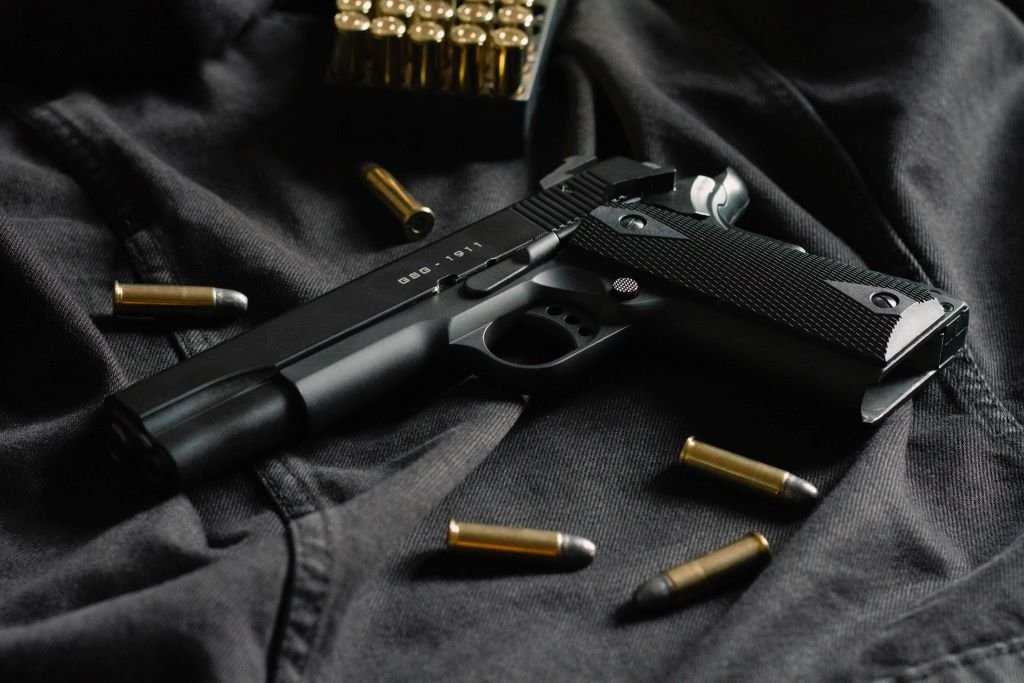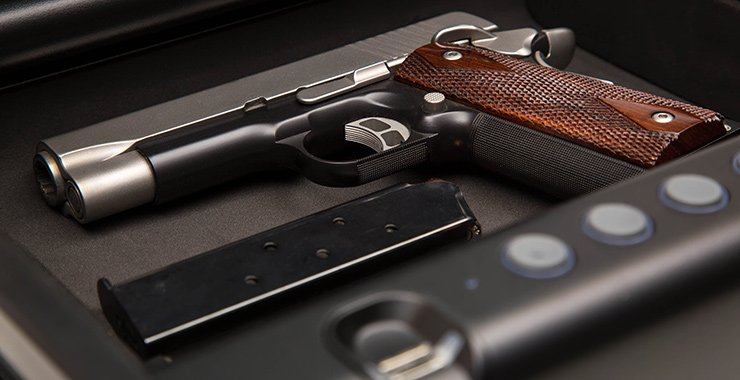By Brady: United Against Gun Violence.
Every gun on our streets starts somewhere, and the overwhelming majority have their origins in the legal marketplace. Understanding how guns — particularly those that have been diverted from legal commerce to the underground market — make their way to crime scenes is essential to crafting evidence-based and life-saving solutions to the American gun violence epidemic. There is — or should be — nothing controversial about this tracing approach. Epidemiologists and other scientists routinely study the origins of public health challenges in order to develop effective solutions, treatments, and preventative measures. It is a key component of the scientific method. Unfortunately, the best national data on the sources and paths of crime guns has been hidden from researchers, journalists, and the general public for nearly two decades. The gun industry successfully pushed the federal government to restrict public access to this critical gun trace data, and the Bureau of Alcohol, Tobacco, Firearms and Explosives (ATF) has aided the industry’s efforts by adopting an overly broad interpretation of those regulatory restrictions. Although some state and local law enforcement agencies have released gun UNDERSTANDING HOW GUNS — PARTICULARLY THOSE THAT HAVE BEEN DIVERTED FROM LEGAL COMMERCE TO THE UNDERGROUND MARKET — MAKE THEIR WAY TO CRIME SCENES IS ESSENTIAL TO CRAFTING EVIDENCE-BASED AND LIFE-SAVING SOLUTIONS TO THE AMERICAN GUN VIOLENCE EPIDEMIC. trace data in the last 20 years, the amount has been insufficient to develop the comprehensive, life-saving solutions that we need. In this report you will find an analysis of the most important gun trace dataset to be publicly available in decades. Attorney General Josh Shapiro of Pennsylvania has released trace data for 186,000 crime guns from over 150 law enforcement agencies in his state, allowing the public to identify, for the first time in decades, which gun dealers appear to supply the most guns to the illegal market. This data is publicly available on the Pennsylvania Gun Tracing Analytics Platform. It is very important to note that the gun tracing dataset, while extensive, is not comprehensive. It does not include crime guns recovered by local Pennsylvania law enforcement agencies that have opted against sharing trace data. For that reason, the findings in this report are not the definitive picture of crime guns in the state. However, this dataset should nonetheless enable the public, policymakers, and law enforcement to hold the gun industry accountable for its role in supplying crime guns — and, in doing so, ultimately save lives. By focusing on the small number of gun dealers now known to be contributing to the problem, Pennsylvanians and their leaders will be able to put political, legal, and economic pressure on the irresponsible actors of the gun industry and bring about needed reforms to ensure that firearms are transferred responsibly and safely. Like all data, gun trace data has its limits; its insights, while key to understanding gun trafficking, are just one part of that process. Earlier this year, Brady unveiled an extensive — and ever-growing — database containing another piece to the puzzle: ATF compliance inspection reports detailing federal firearms licensees (FFLs) who have been issued a warning letter or more severe remedy for cited violations of gun laws. We encourage readers to also view that resource, the Gun Store Transparency Project, at www.gunstoretransparency.org. As you read through these findings, keep in mind that many of the 186,000 crime guns in the database are likely associated with one or more crime victim(s) and their families. If this were not staggering enough, the devastating ripple effects gun violence inflicts on families, neighborhoods, and communities are not captured in these numbers. Brady invites you to join us in advocating for solutions that address the supply side of gun violence. We invite researchers to study this data and build on our analysis; we implore journalists to report on not just the tragic results of gun violence incidents, but how crime guns end up in our communities; we urge lawmakers and law enforcement to adopt life-saving, supply-side solutions to gun violence; and we call on federal, state, and local authorities to be more transparent by releasing more trace data to the public. It is long past time for the gun industry as a whole to adopt meaningful supply-side solutions ensuring firearms are transferred safely and responsibility, as it is neither fair nor just to ask the communities suffering the immense harms of gun violence to also bear the burden of providing all the solutions.
Washington, DC: Brady: United Against Gun Violence, 2022. 43p.





















